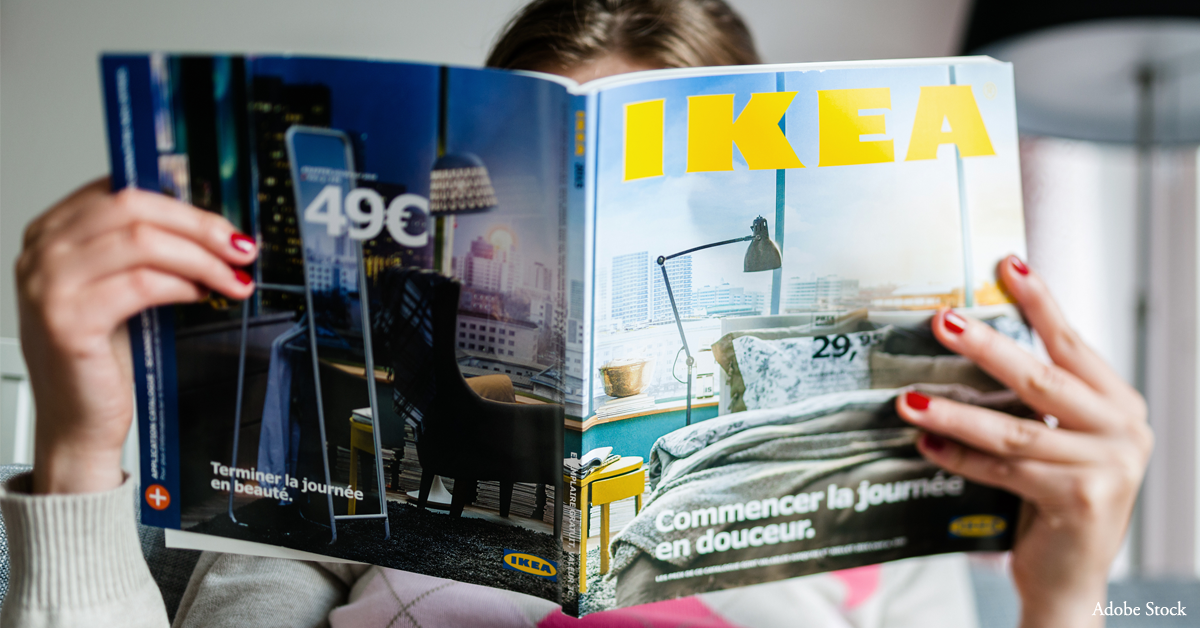
16 Dec 2020 Has the Catalogue era ended?
The world has changed and there’s no going back. We always knew that this day might come, many felt it was predictable – even inevitable. But now that it’s happened, people are questioning how they will cope without the IKEA catalogue.
IKEA took retail best practice to its peak persuading us to bring their window display into our homes then traipse around the whole of the store soaking up an aspirational lifestyle. They turned the checkout impulse buy into a whole department and they’ve even persuaded us to do our own picking direct from the warehouse.
It is difficult to overstate its cultural significance. At one point, the IKEA catalogue vied with the Bible as the most read book in the UK. There wasn’t a BILLY bookcase in Britain that didn’t have a special place reserved for the IKEA catalogue. It is an icon but it is an anachronism.
B2C and B2B practices have mirrored each other over the years. Just as consumers took their time to embrace and adopt e-commerce, so did business. Despite the extraordinary early successes in the 1990s – Amazon being the most obvious B2C example – many of the e-commerce laggards have remained in business 25 years later making only incremental concessions to the new digital age. But the demise of the IKEA catalogue is perhaps symbolic of a chapter that is now closing in both the consumer and corporate worlds.
I’ve operated in the purchase to pay space since the inception of on-line catalogues and I see a significant change in the appetite for digital content. I’ve been evangelising the benefit of touchless processing in P2P for a couple of decades and now, at long last, I’m now seeing the conversation changing. The discussion has moved from “how can we build a business case for catalogues?” to “How can we meet the demand for accurate real time data and rich content?”
Whether you look at it from a supplier’s perspective or the buyer’s point of view, end to end automation, digital transformation, online collaboration – call it what you like – is a no brainer.
For a supplier, a paper catalogue is like a website or window display – they are the glossy exterior, the promise that gets customers through the door. But if you want repeat business or to secure long term contracts, the buying experience has to match the promise. It’s no good if your prices are out of date. A catalogue without real time stock availability is inadequate. And in a corporate environment, the whole of the purchase to pay process needs to be supported. You have to keep your delivery date promises. The value of your fancy schmancy catalogue is diminished somewhat if you follow up a sale with a paper invoices and delivery notes.
I will miss the IKEA catalogue like I miss the slide rule. Actually, I’m not that old but you get what I mean. It did a great job in its day but there are better ways of doing things now.
IKEA plan to publish a book capturing nostalgic content from its 70 year history. It’s on my shopping list – and unlike my bookshelves, I’ll order it online and it will be delivered to my door.


